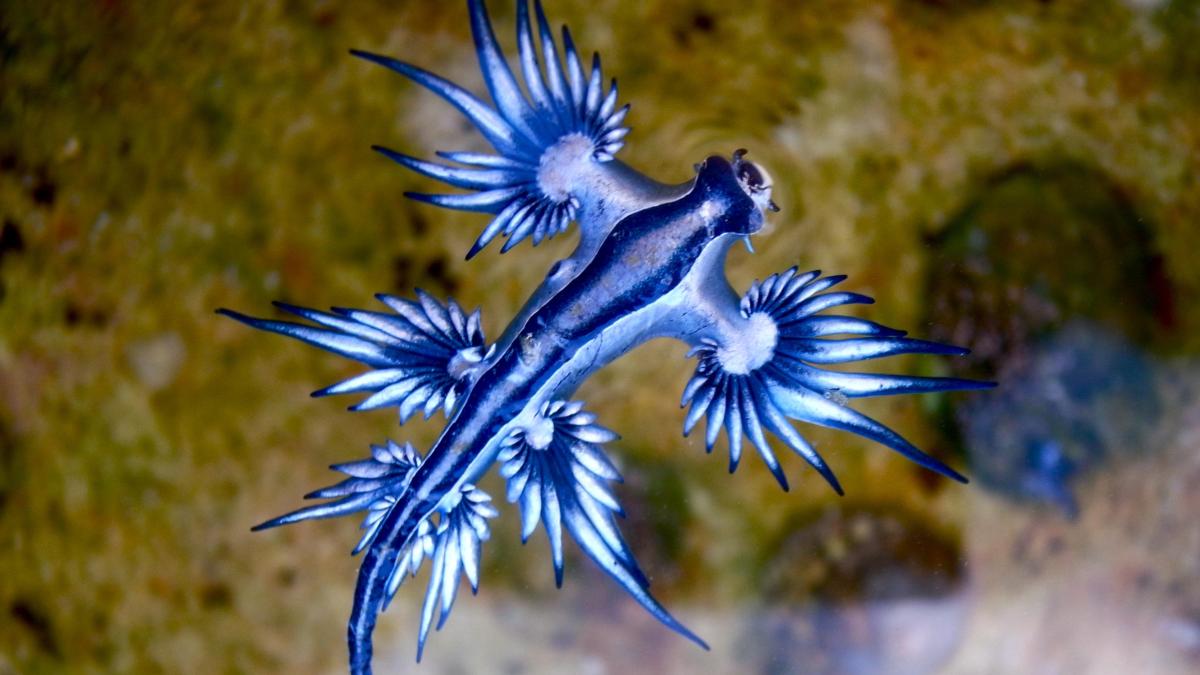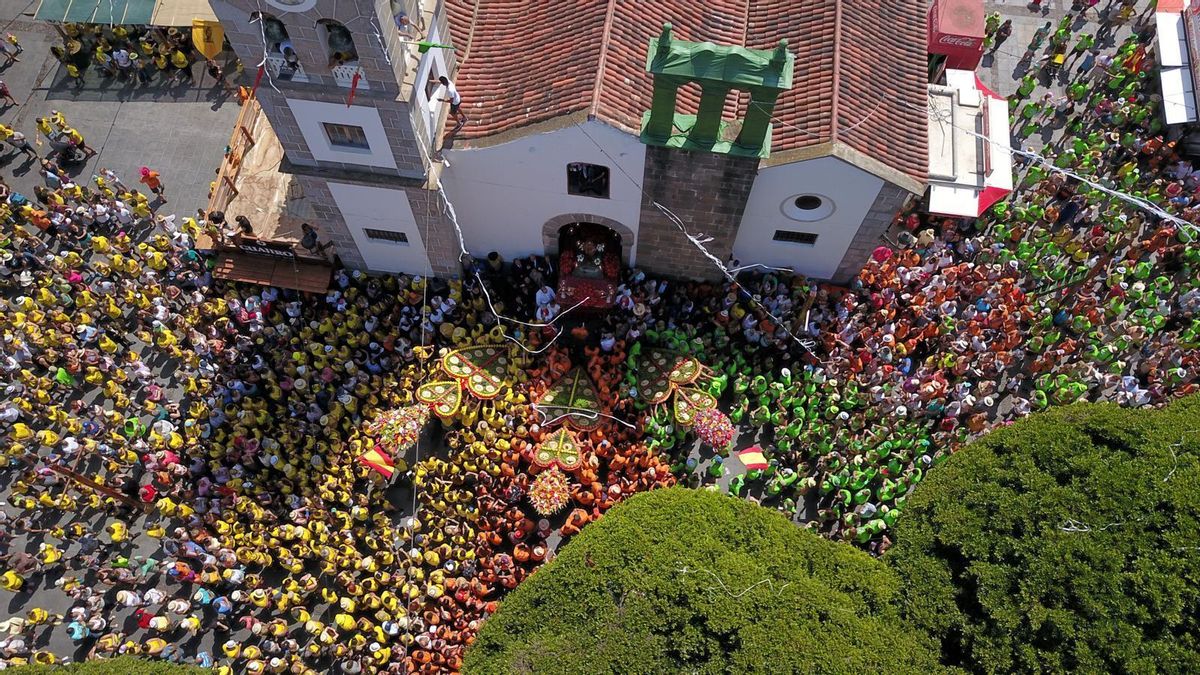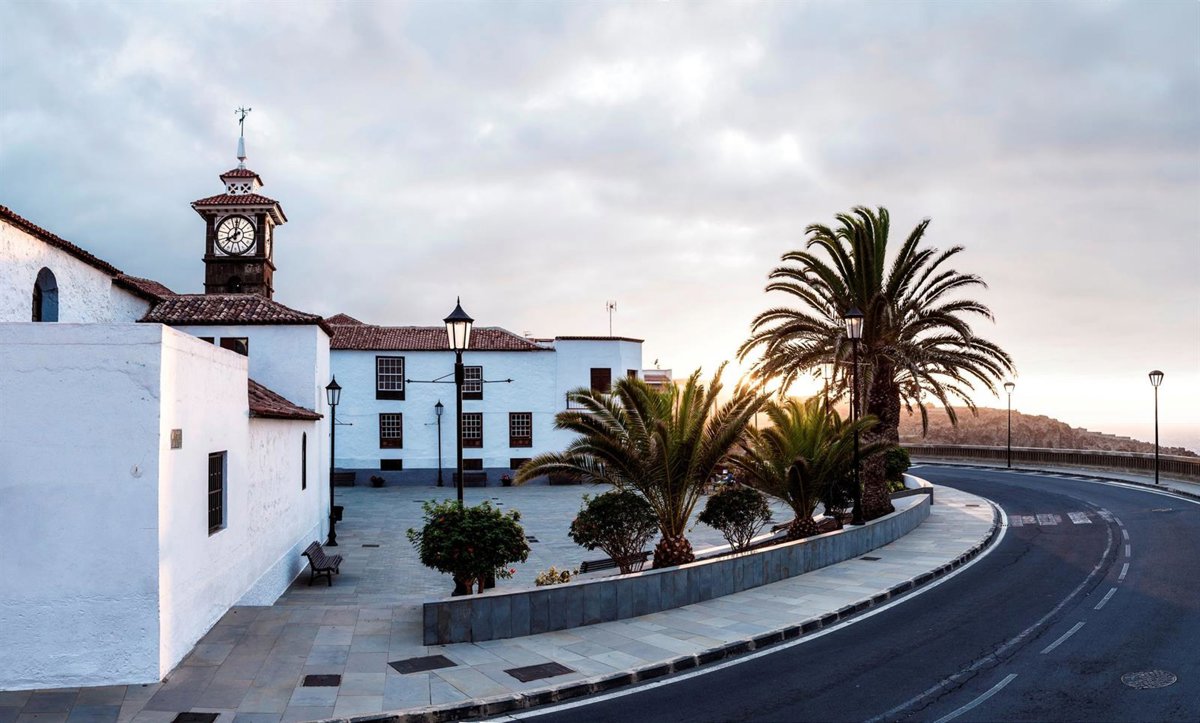The La Cantería beach in Órzola (Lanzarote) had to be temporarily closed after bathers and lifeguards reported the presence of several specimens of the blue dragon (Glaucus atlanticus), a small marine mollusc known for its beauty but highly dangerous upon contact with skin.
Recurring Sightings
This is not the first time this species has appeared in the Archipelago. In recent weeks, there have been several sightings at various points along the Lanzarote coastline, coinciding with oceanic conditions favourable for their arrival to shore, such as winds and currents that carry these creatures to the beach. They have also been previously detected at the main beach of El Médano and Leocadio Machado in southern Tenerife.
Health Risks
The blue dragon, also known as the “sea slug”, may seem harmless due to its exotic appearance with metallic blue and silver hues. However, contact poses a serious health risk. By feeding on jellyfish such as the Portuguese man o’ war, this mollusc concentrates the stinging toxins from its prey in its body. Consequently, even a single sting can cause severe pain, skin irritation, vomiting, fever, and potentially more serious reactions in sensitive individuals.
Warnings in Spain
The alert in Lanzarote adds to the sightings reported at other beaches in Spain, such as those in Alicante, Cádiz, and Valencia, where emergency services have also warned the public about the risks of handling these marine animals.
Advice from Experts
Experts recommend not to touch the blue dragon under any circumstances, even if it appears stranded on the sand and looks inert, and to alert lifeguard or emergency services for safe removal.














